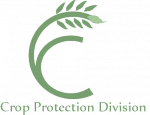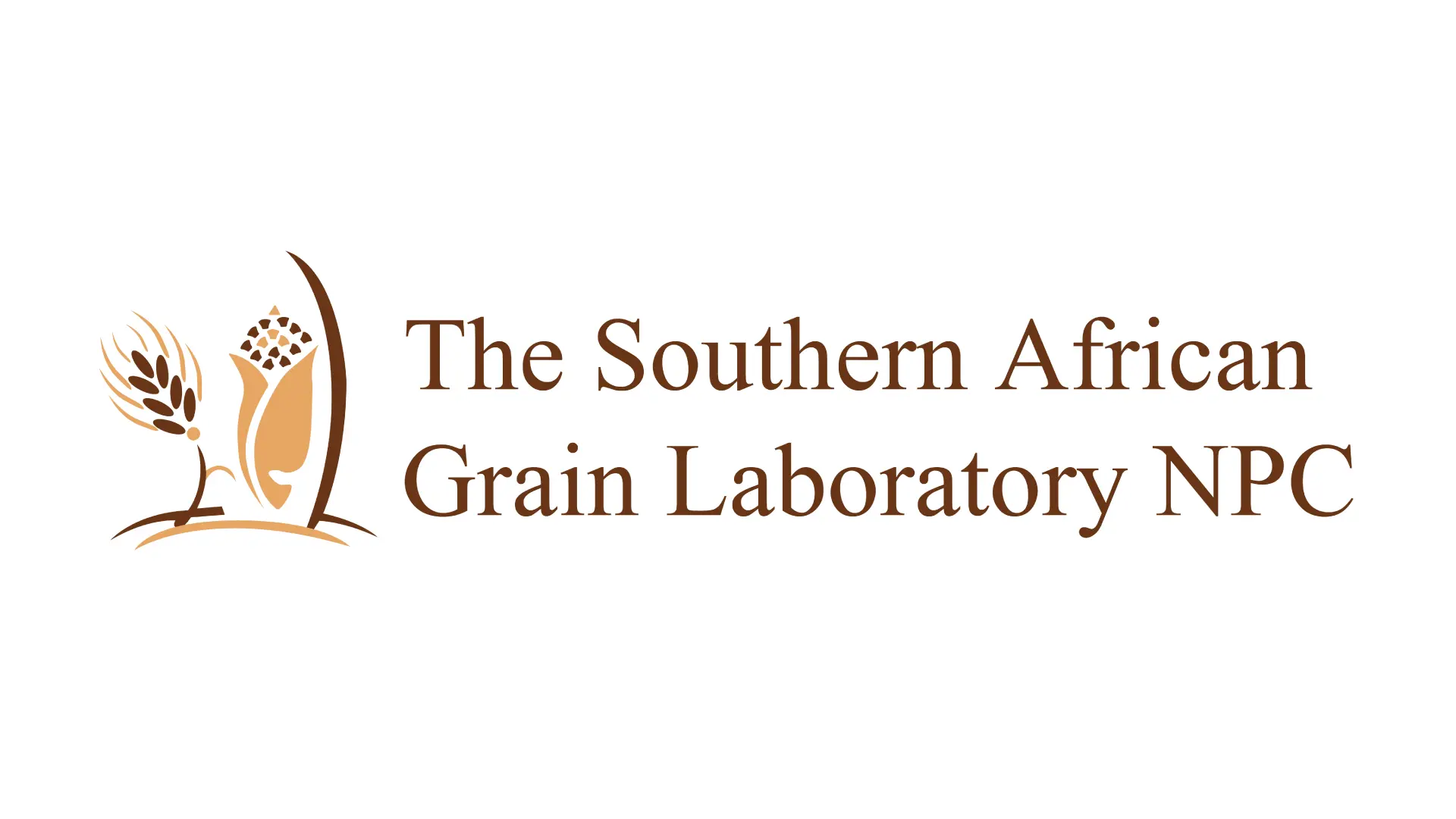
The SA Grain Laboratory (SAGL) has expanded the scope of analysis by adding a Crop Protection Division. Once accreditations are in place, the SAGL Crop Protection Division will be able to provide this independent service to the broader agricultural community in Southern Africa.
The brand new facility at the SA Grain Laboratory (SAGL) is equipped to perform the majority of the tests required by FAO/WHO (Food and Agricultural Organisation of the United Nations; World Health Organisation) according to the latest Collaborative International Pesticides Analytical Council (CIPAC) methods. The aim is to support the industry with accurate and reliable analytical results for registration purposes, quality control analysis after manufacturing as well as the extension of shelf life. As an associate member of CropLife South Africa and through international involvement in the Specification Expert Group (SEG), as well as participation in the annual conference held by CIPAC, FAO and WHO, SAGL ensures awareness of international changes.
The facility has already submitted the application for ISO17025 accreditation and is in the process of obtaining GLP compliance according to the Principles of OECD. The South African National Accreditation System (SANAS) will perform assessments on the new facility in the next couple of months and once both accreditations are in place, the Crop Protection Division will be able to provide this independent service to the broader agricultural community in Southern Africa.
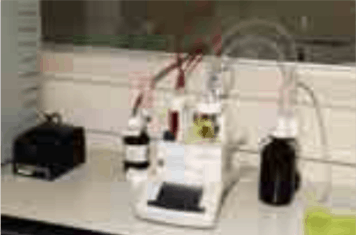
Determination of water content by Karl Fisher.

Determination of density.
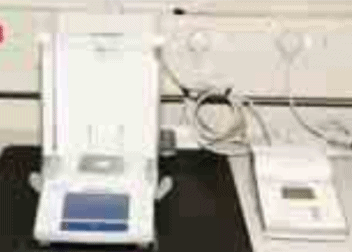
Accurate weighing.
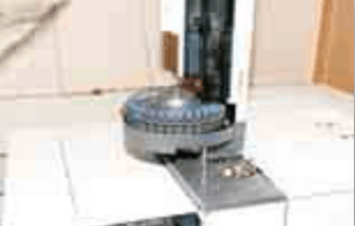
Determination of active ingredient content by GC-FID and GC-MS.
Regulatory requirements behind codes
As a regulatory requirement and for global harmonisation, every plant protection product must be registered according to international coding, also known as a formulation type. These codes are shown after the product name, for example, SL, SC, EC, GR or WG – to name a few.
A special working group of CropLife International, Specification Expert Group (SEG), consisting of experts from mostly the big six multinational companies, Bayer, BASF, Du Pont, Sumitomo, Douw and Syngenta, have the responsibility to look after these formulation types and codes. Should a company develop a new formulation type, they approach SEG with a suggestion on the code as well as a definition to describe this new formulation type.
Codes (formulation type) for products:
- SL – Soluble concentrate: A clear to opalescent liquid to be applied as a solution of the active ingredient after dilution in water. This liquid may contain water-insoluble formulants.
- SC – Suspension concentrate: A stable suspension of active ingredient(s) with water as the fluid, intended for dilution with water before use.
- EC – Emulsifiable concentrate: A liquid, homogenous formulation to be applied as an emulsion after dilution with water.
- GR – Granule: A free-flowing solid formulation of a defined granule size range ready for use.
WG – Water dispersible granules: A formulation consisting of granules to be applied after disintegration and dispersion in water.

Determination of particle size with laser diffraction.

Determination of the flash point of a liquid.
Importance of a specific code
During the process of registering a new formulation type, the Registering company, SEG, FAO (Food and Agricultural Organisation of the United Nations) and WHO (World Health Organisation) decide on certain physical and chemical analysis, as well as acceptable limits, that needs to be performed on the product. These tests are designed to incorporate, but are not limited to the determination of the stability and shelf life of the product, to limit batch to batch variation between manufactured batches, to ensure ease of use for the end-user and in some instances ensure the efficacy of the product. Above all, to ensure that all similar products conform to harmonised international standards, approved by FAO and WHO.
Harmonised international standards are tools that assist authorities with registrations of plant protection products with the main aim to protect the end-user.
These harmonised international standards are supported by internationally accepted methods referred to as CIPAC (Collaborative International Pesticides Analytical Council) methods. These methods are proposed by regulators or industry and have been validated through a process called collaborative trials.
Examples of these tests are:
pH, Density, Viscosity, Particle size distribution, Water content, Persistent foam, Wettability, Suspensibility, Emulsion stability, Wet sieve test, Nominal size range, Dustiness of dust content, Particle size range, Attrition resistance and Pourability.

